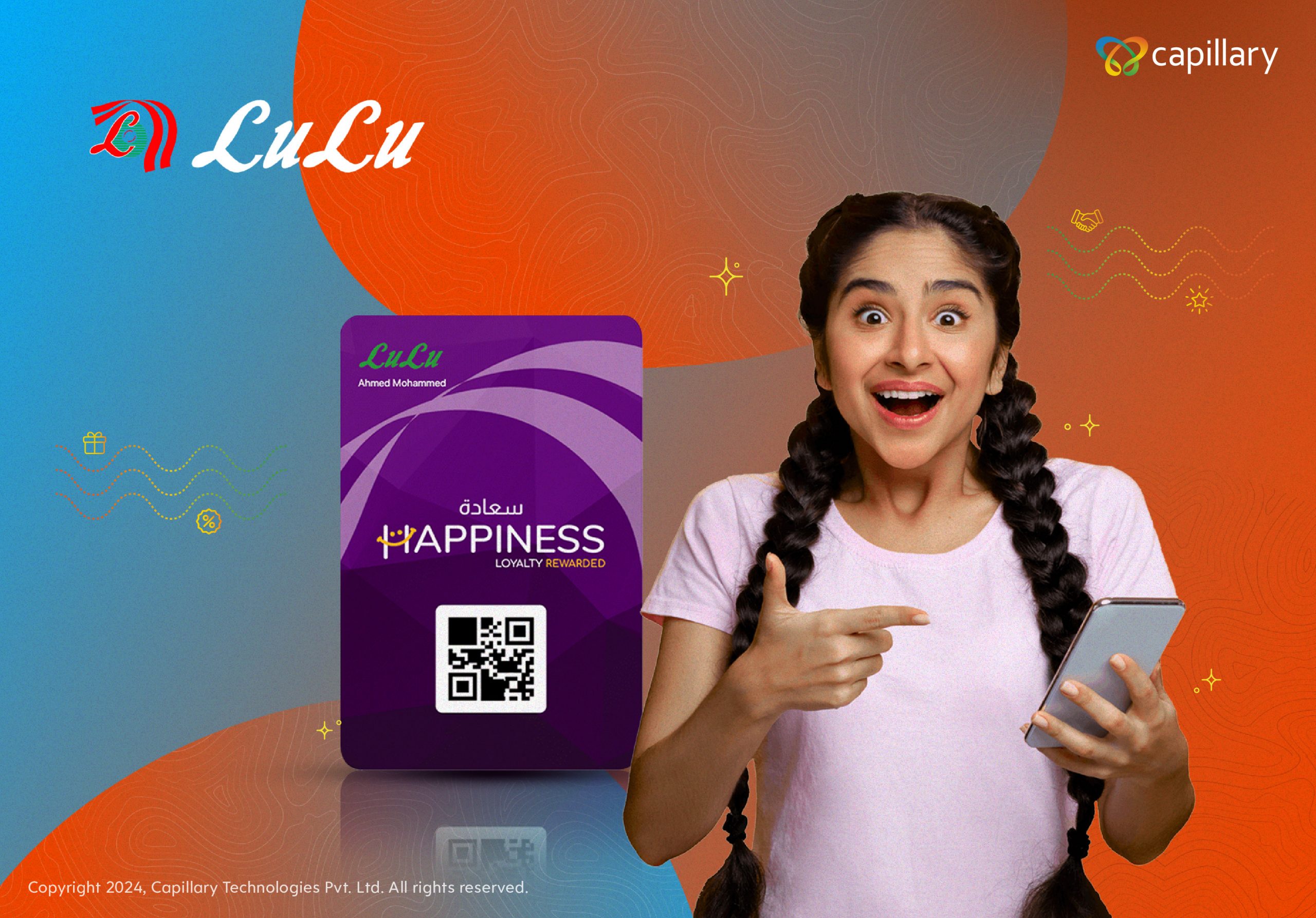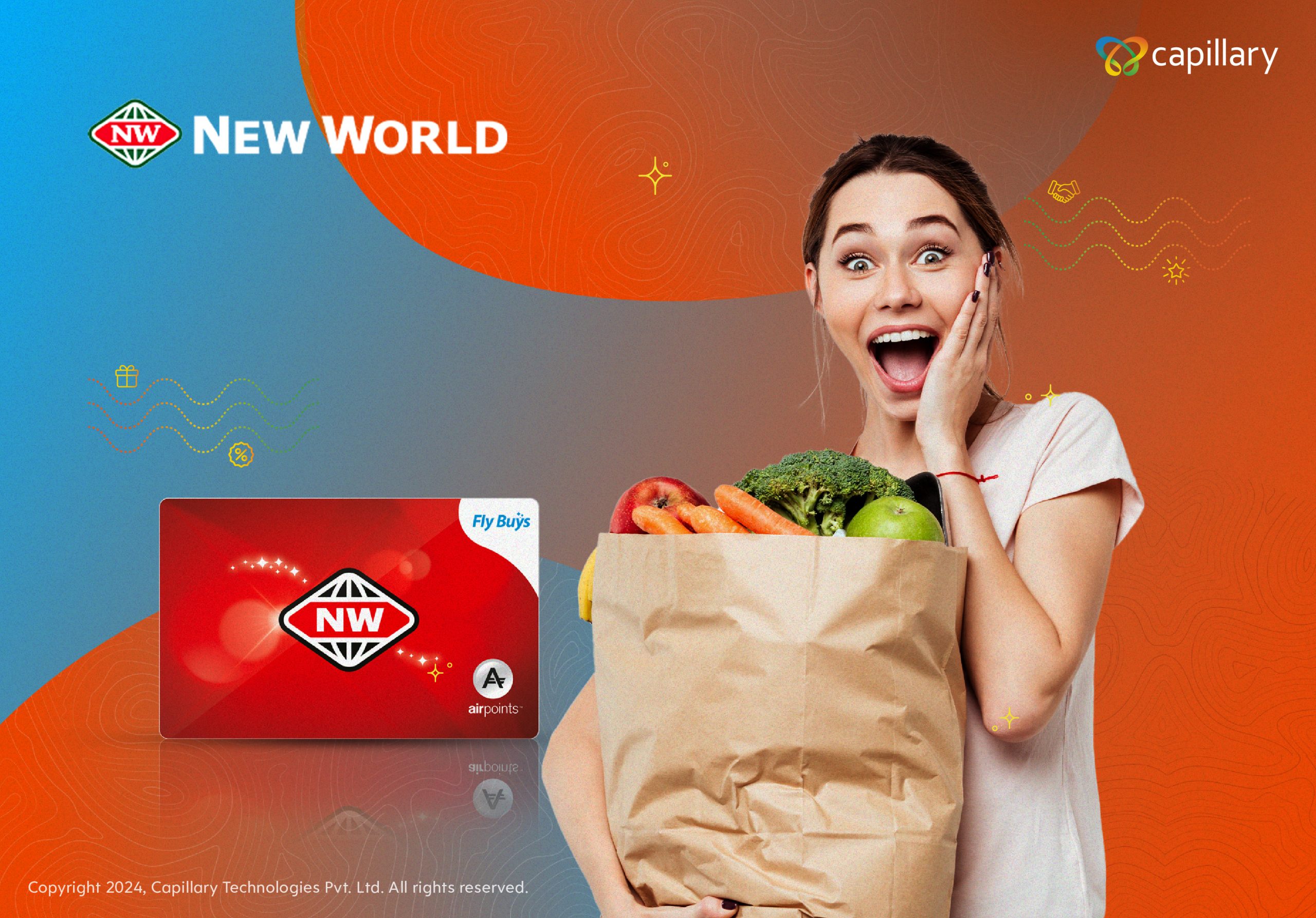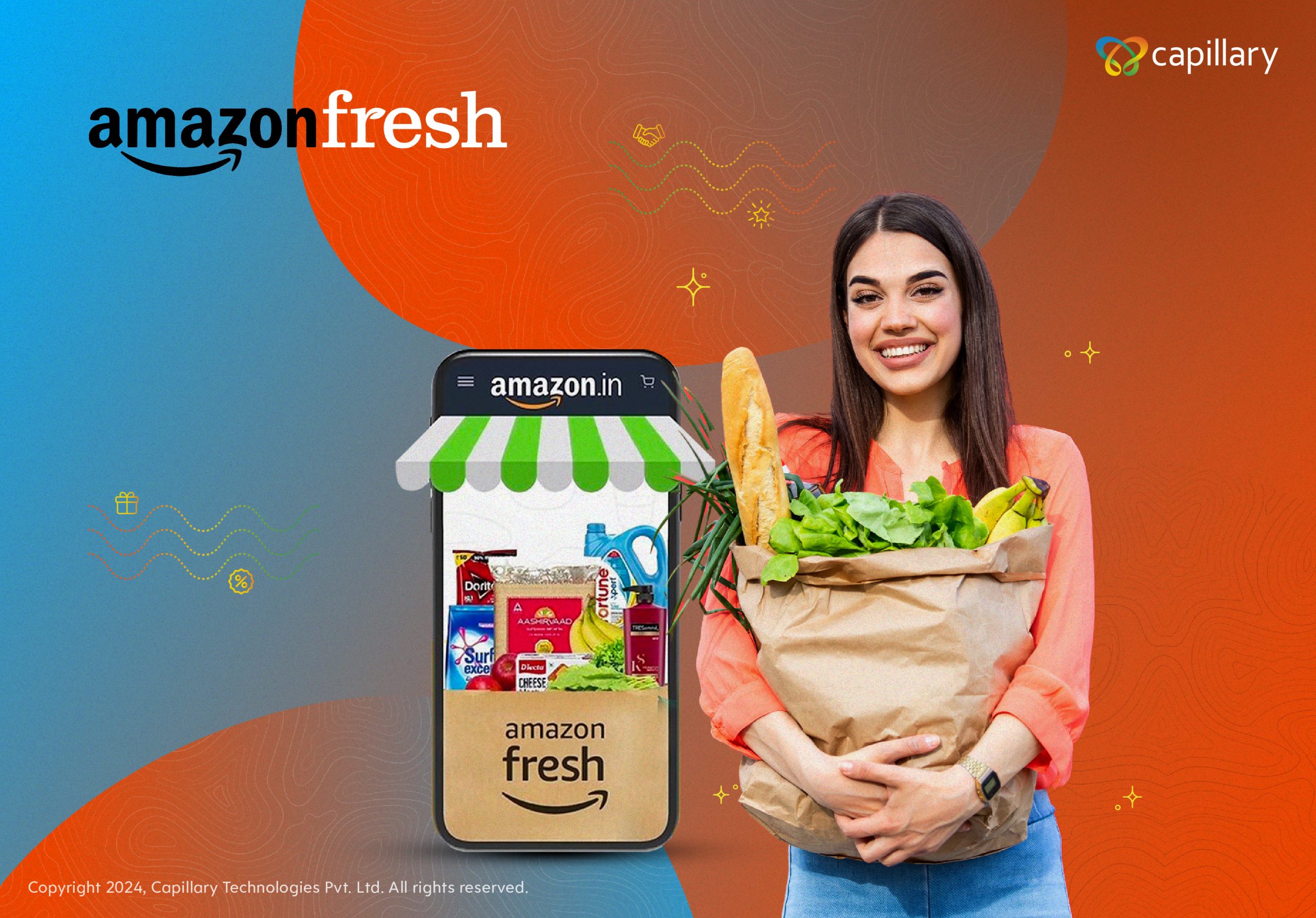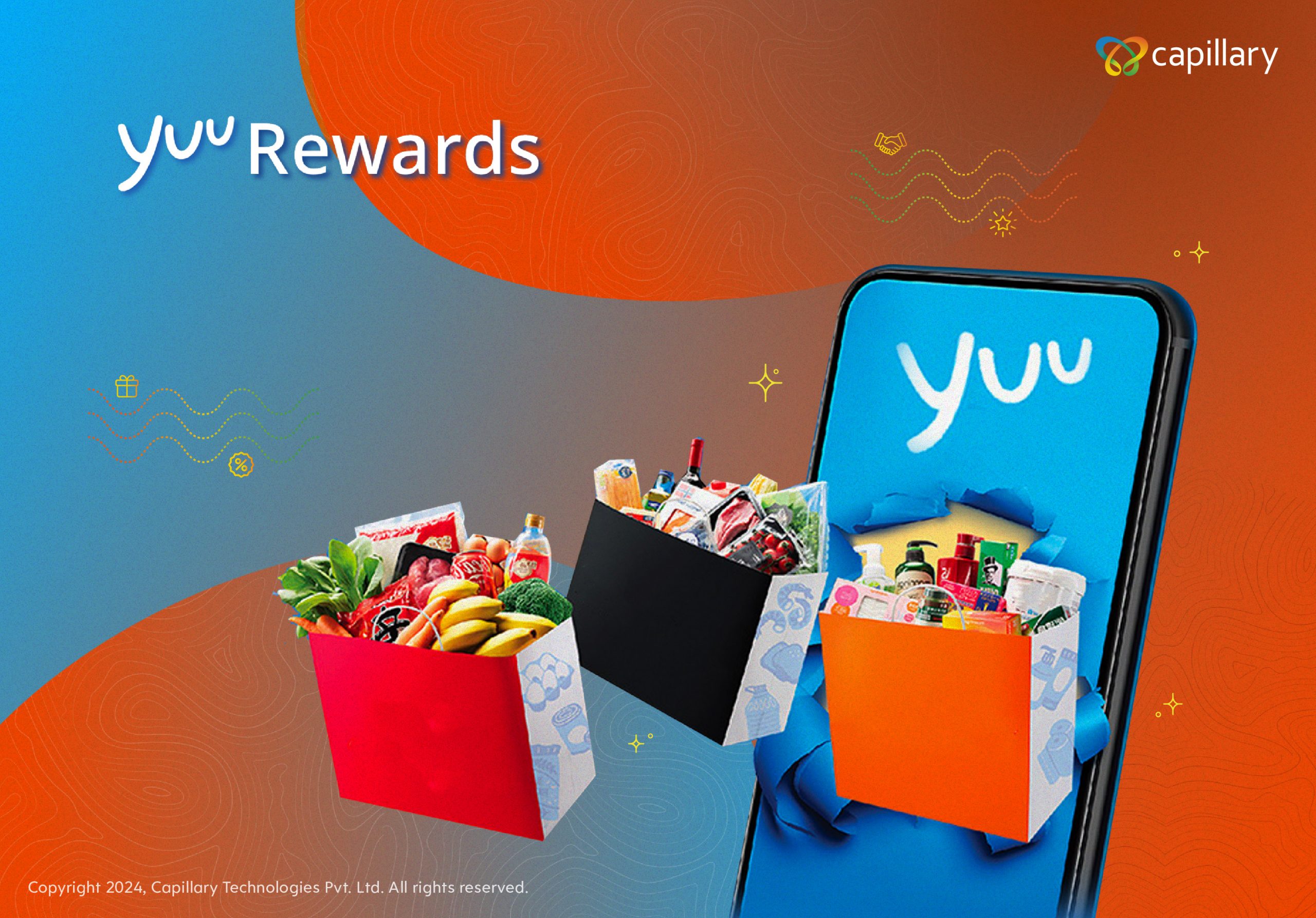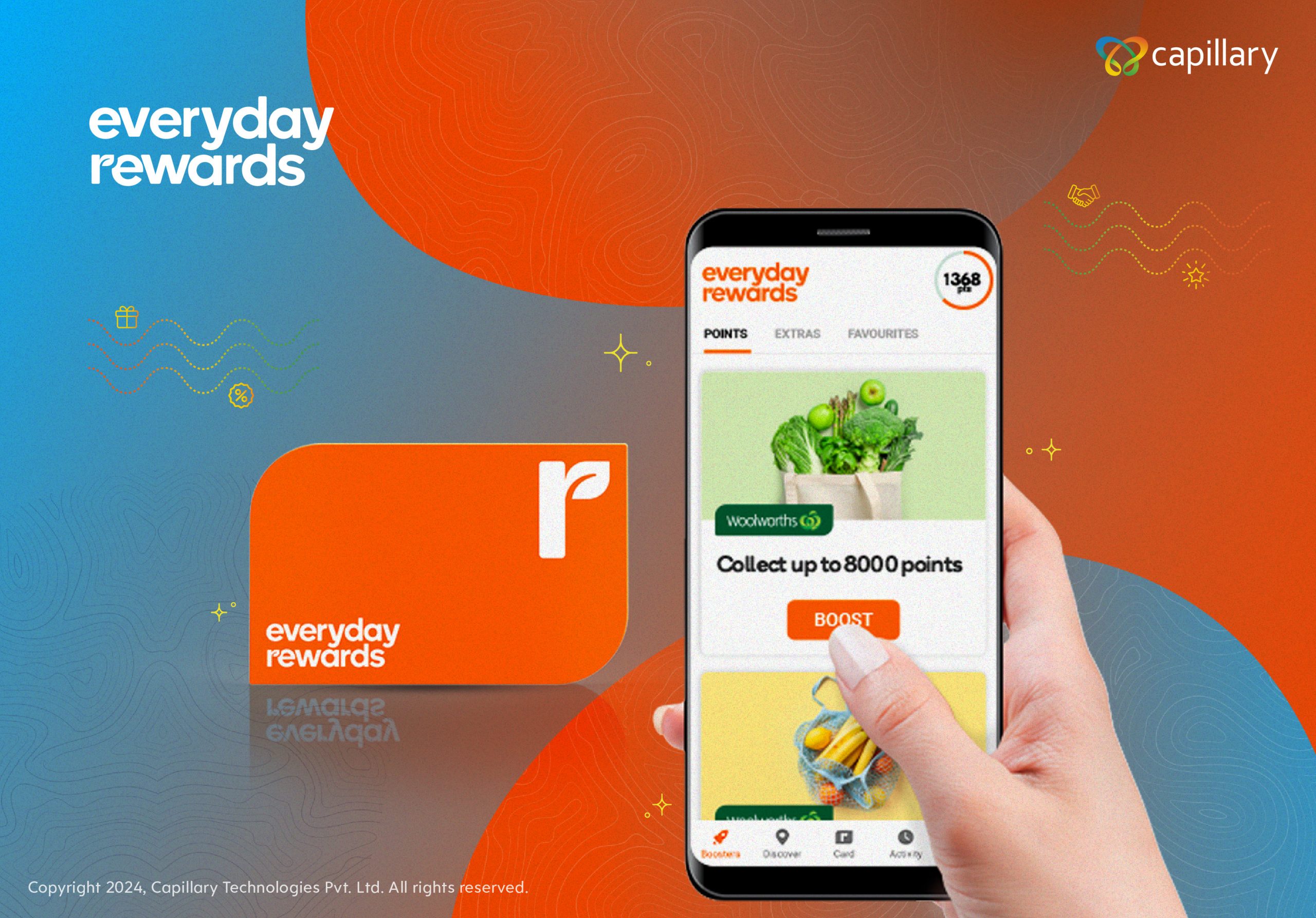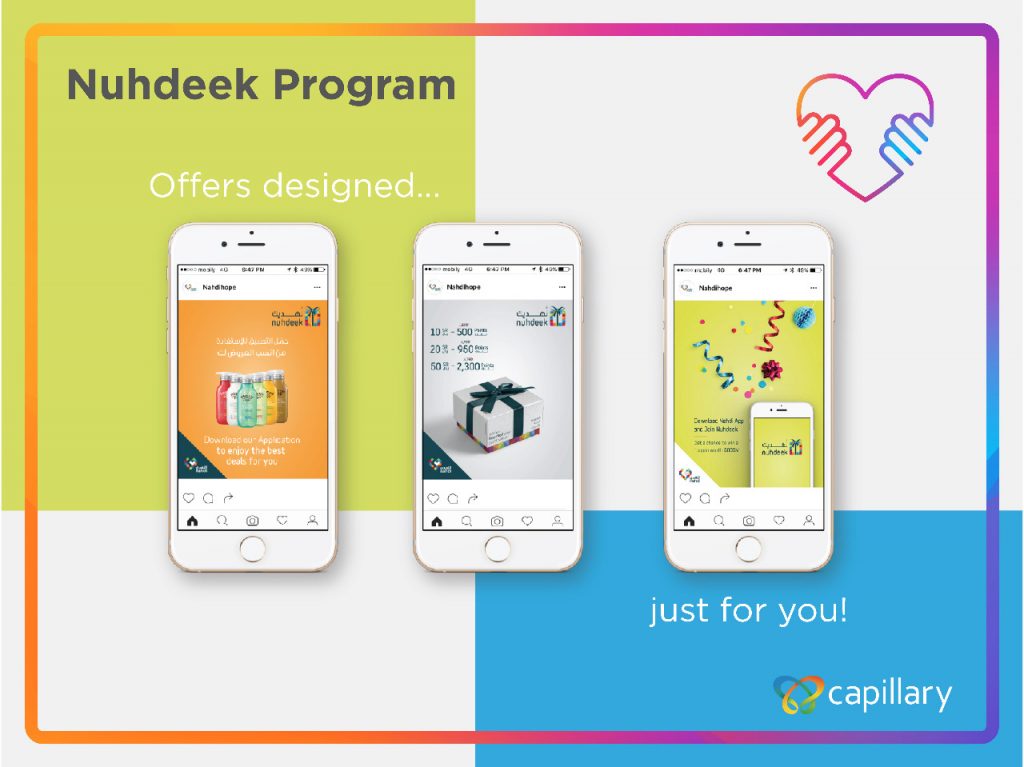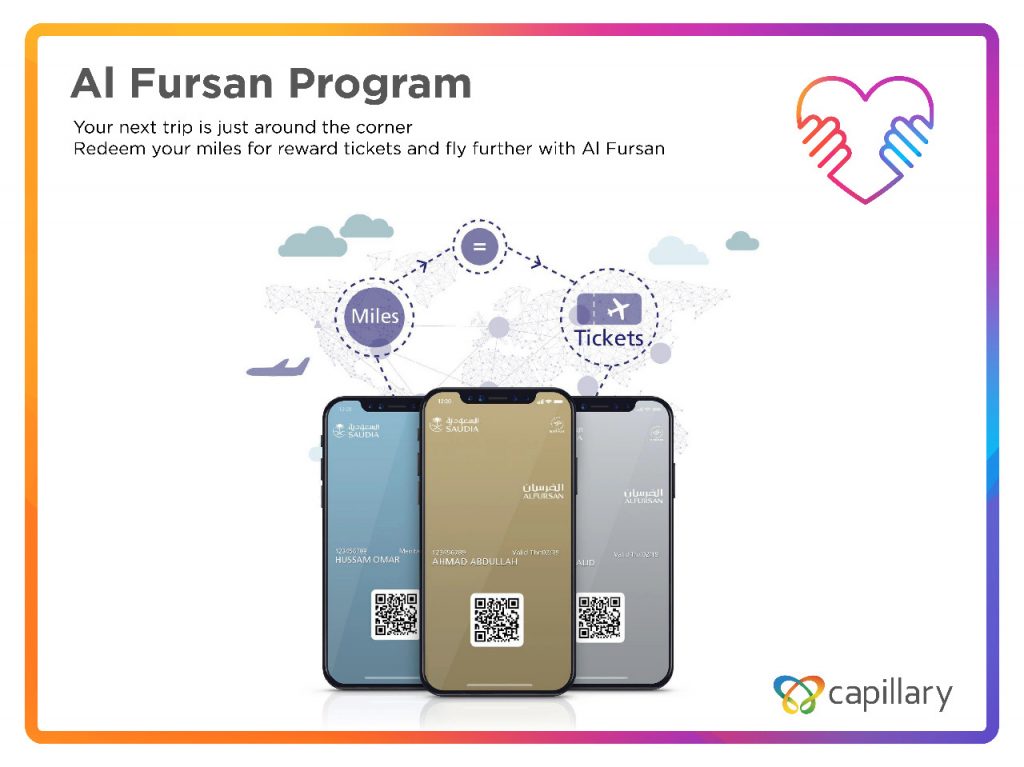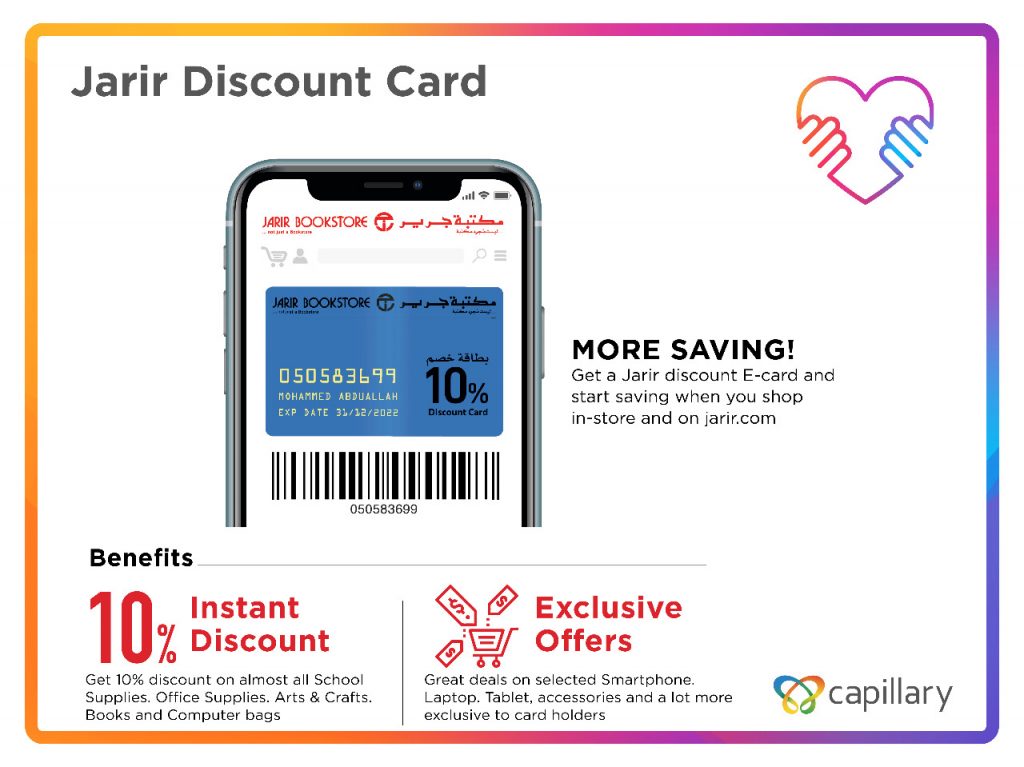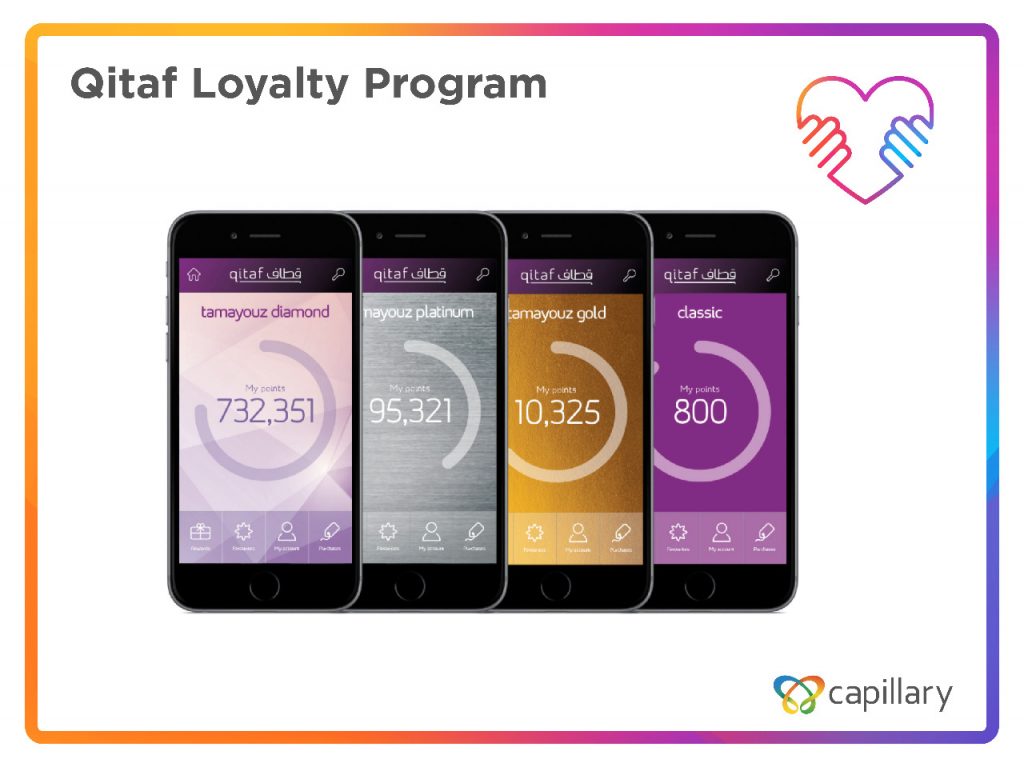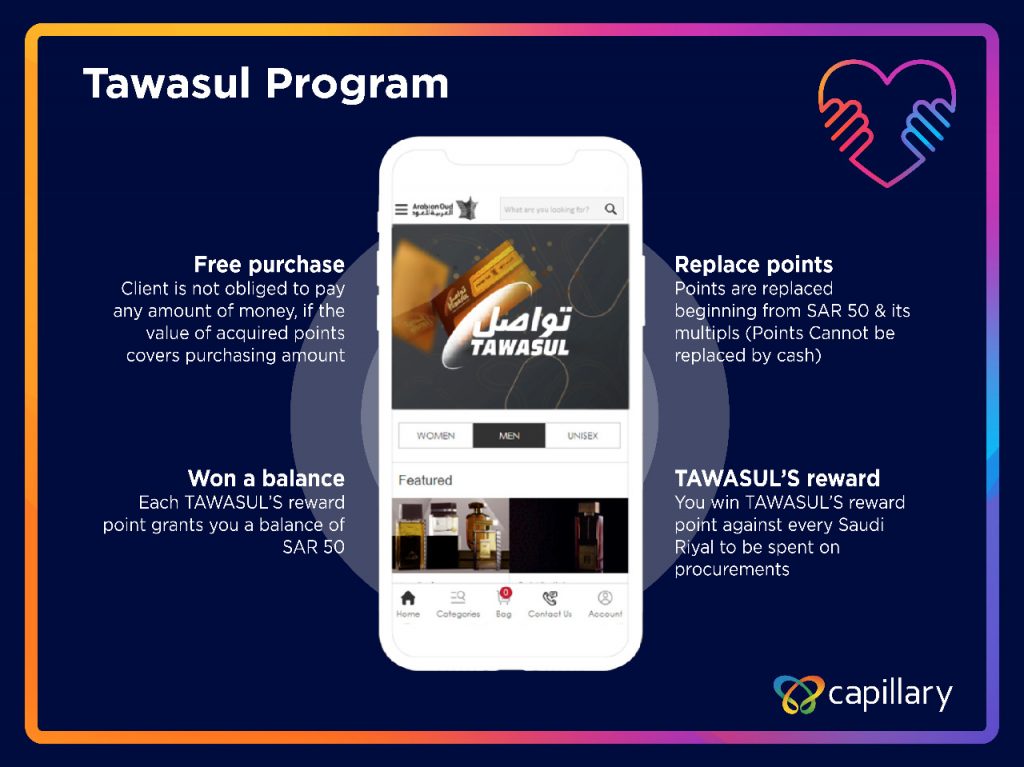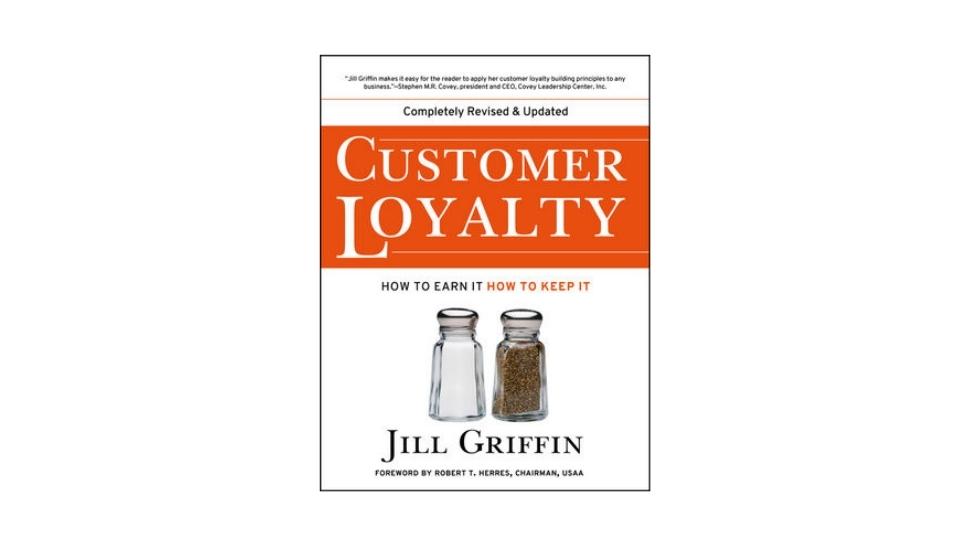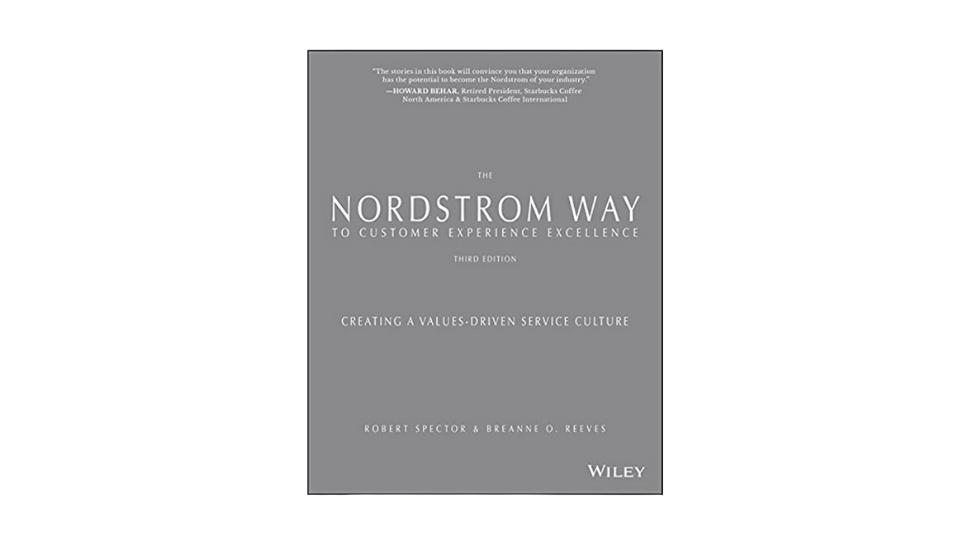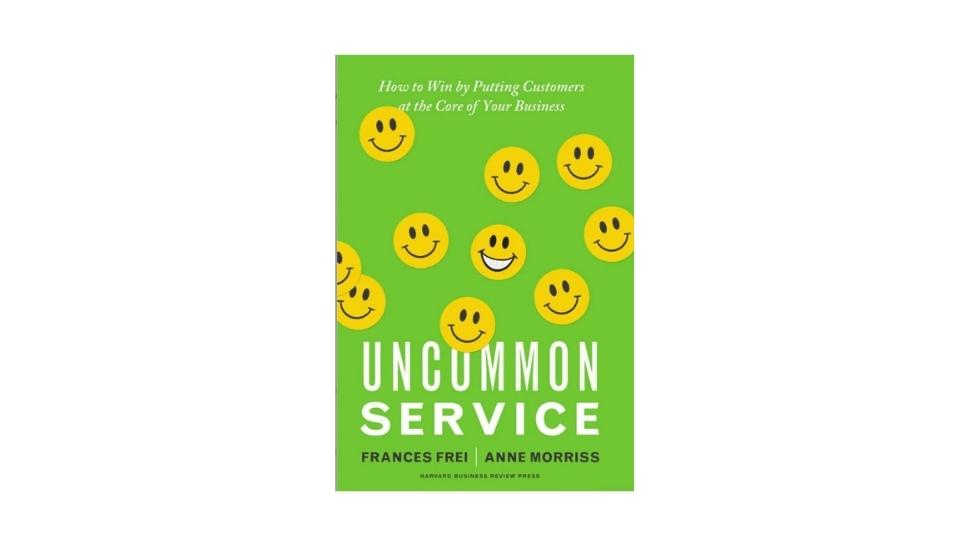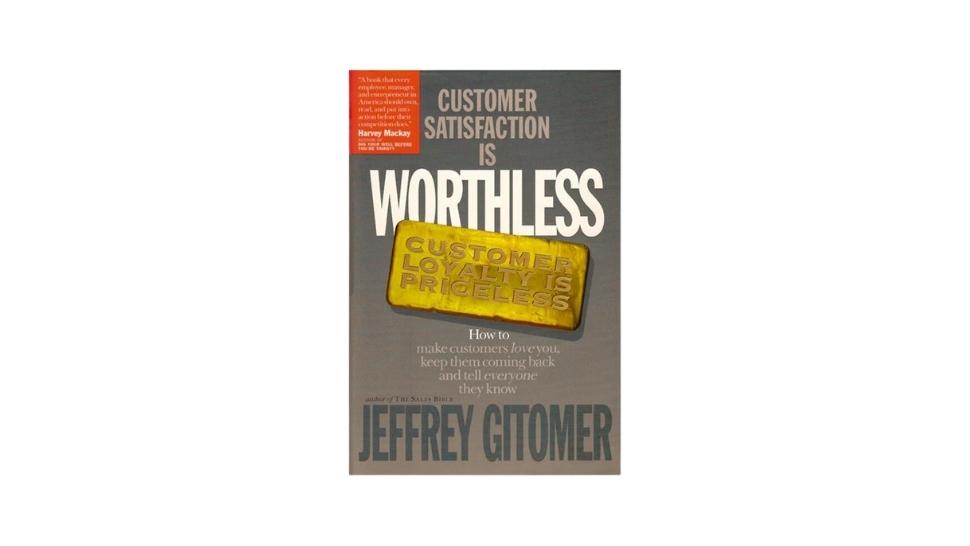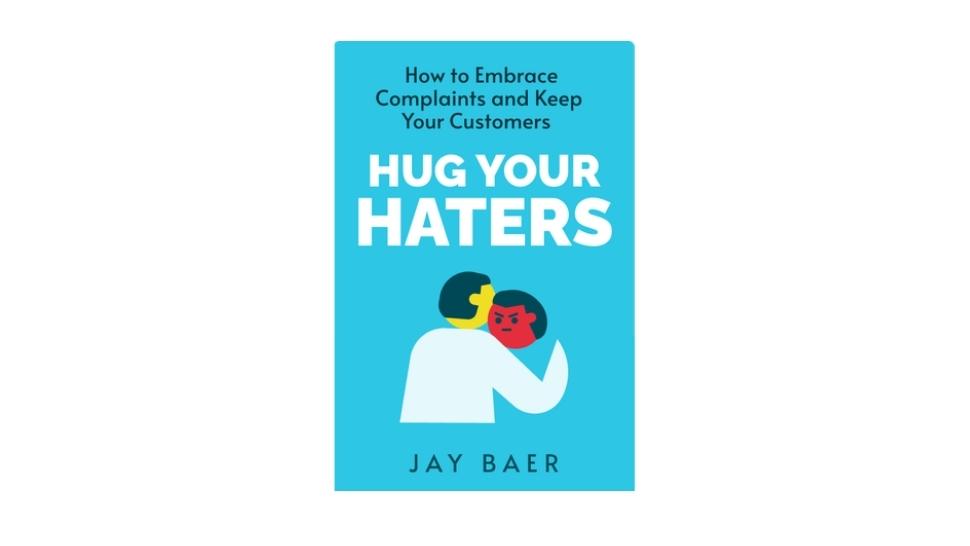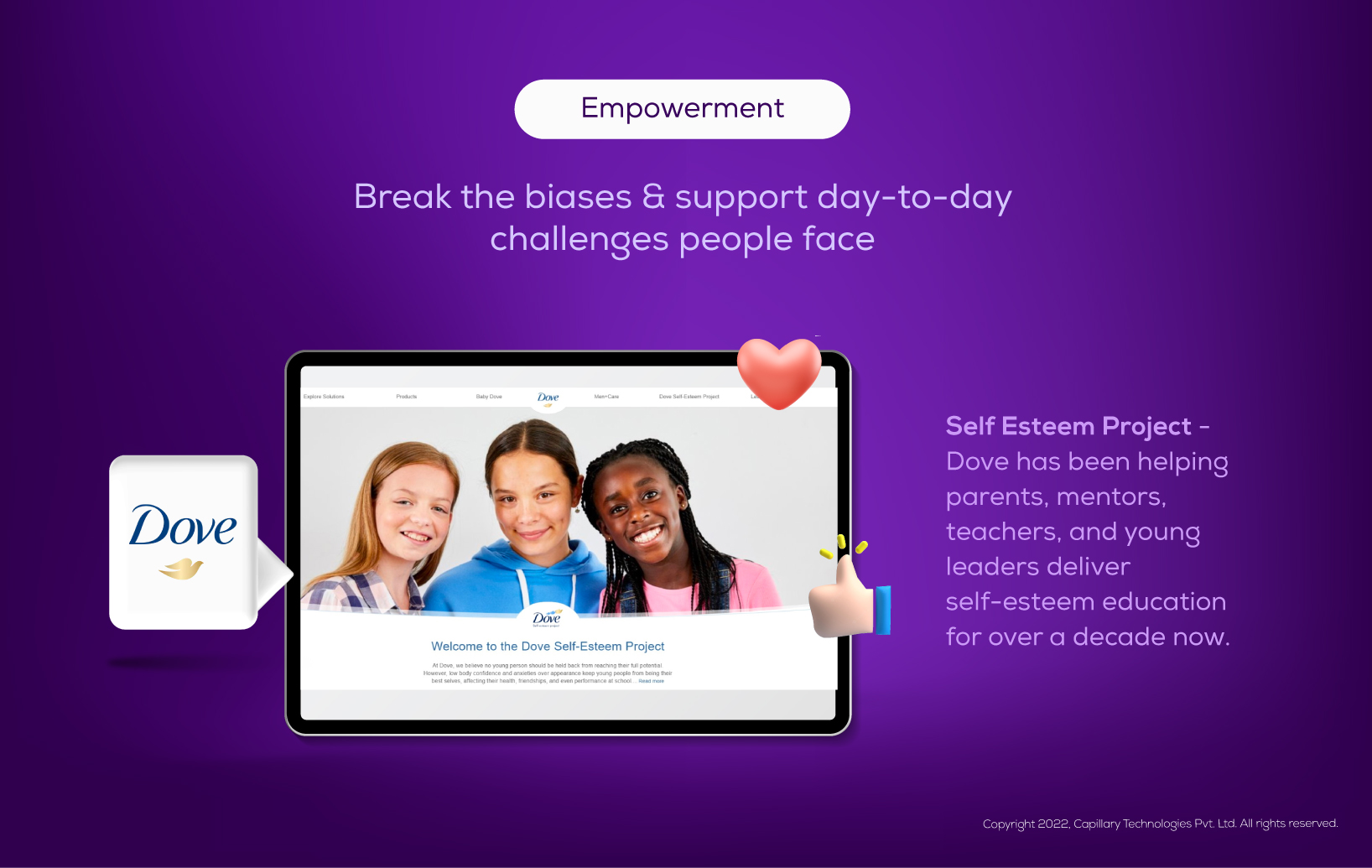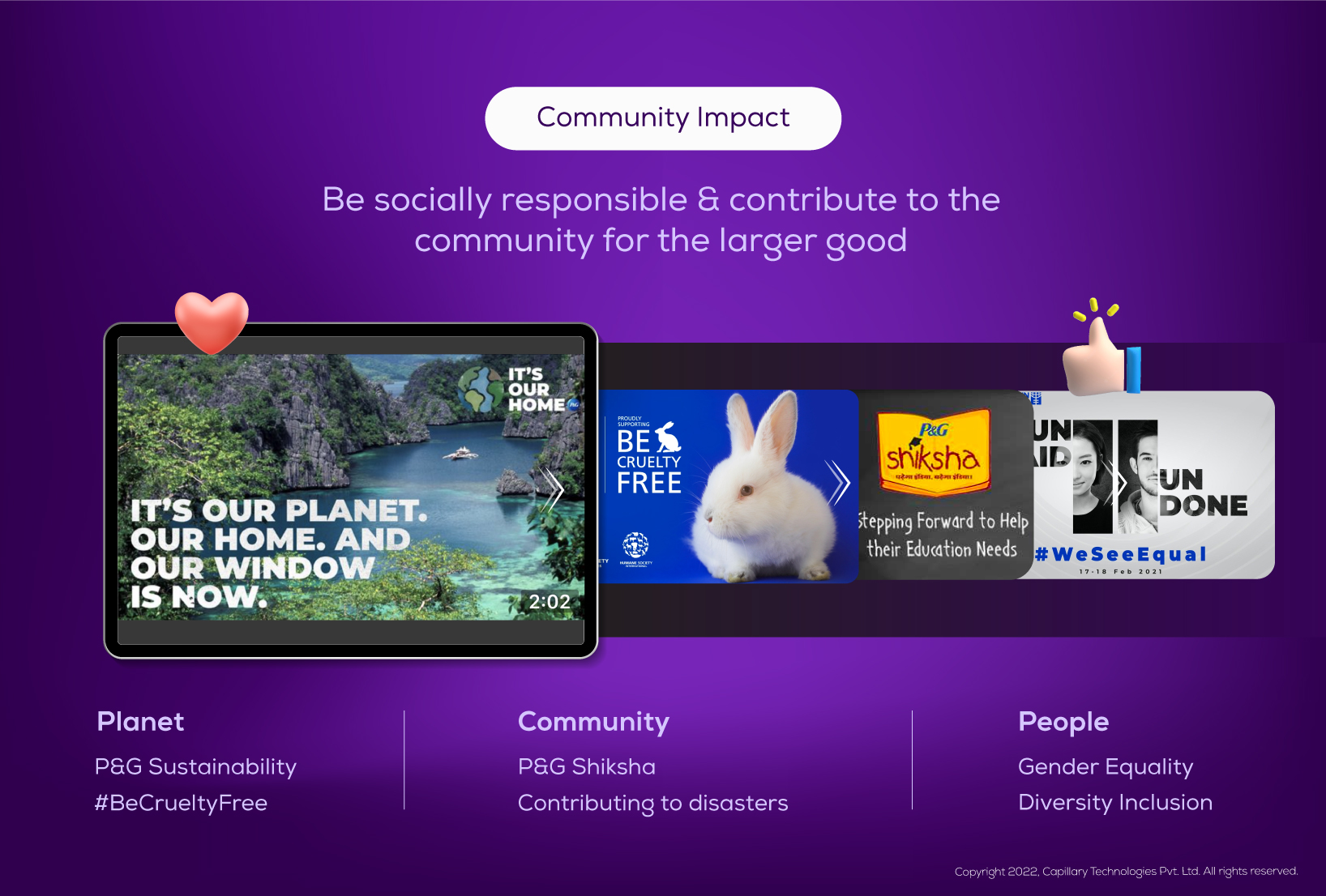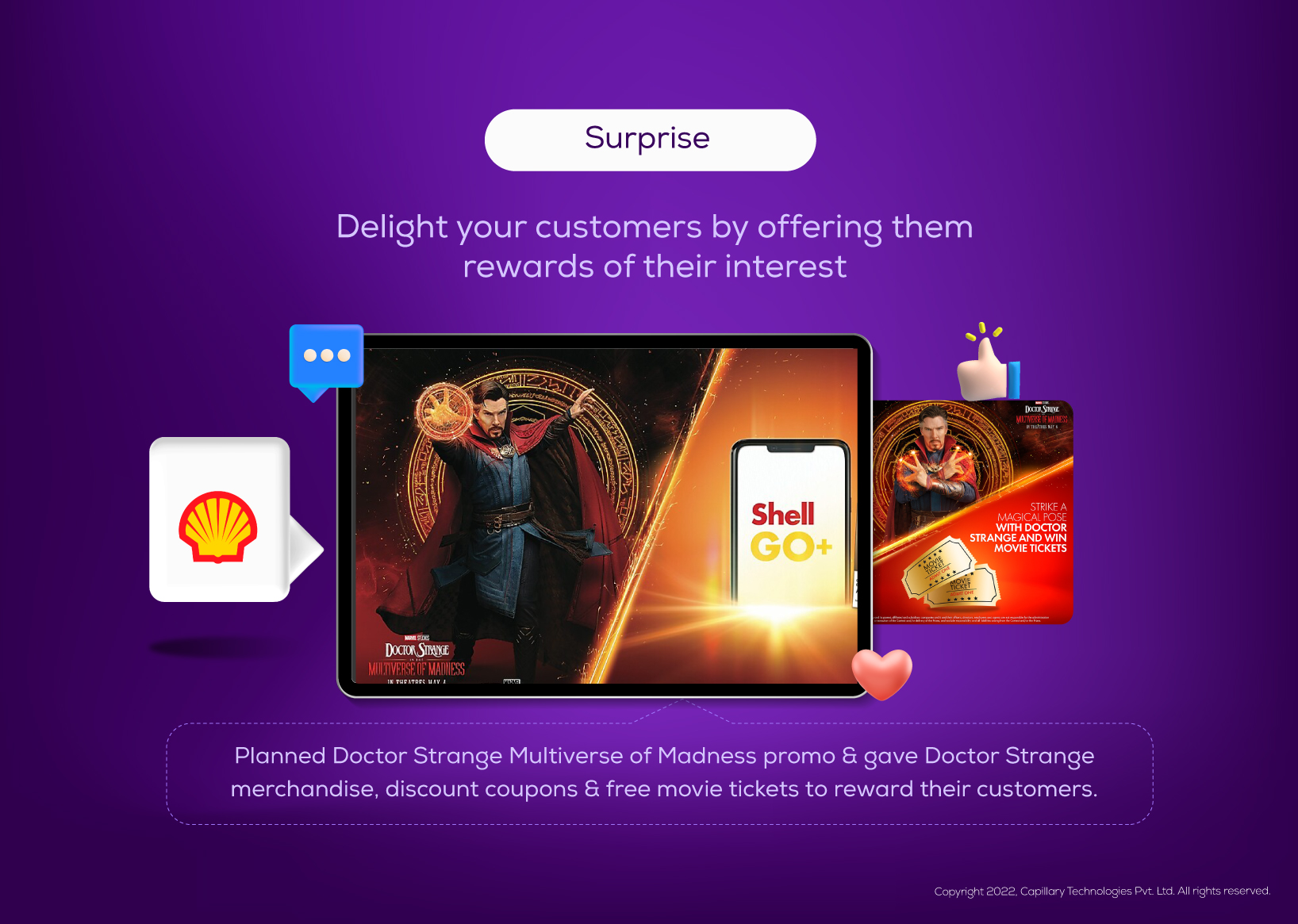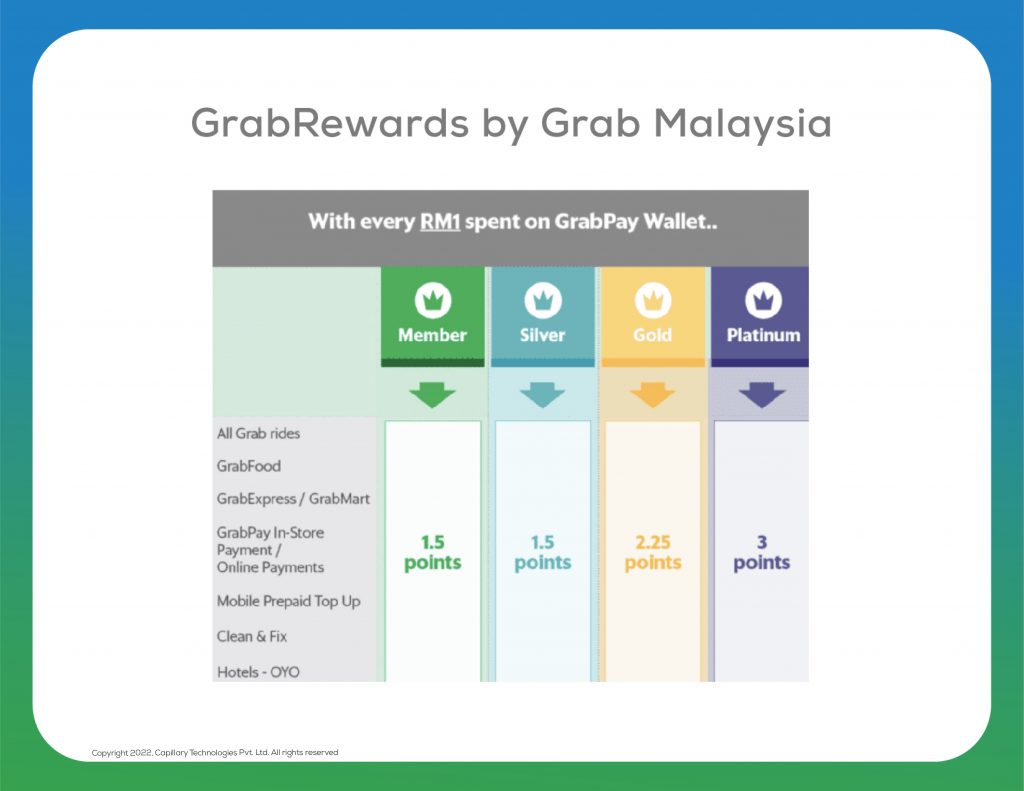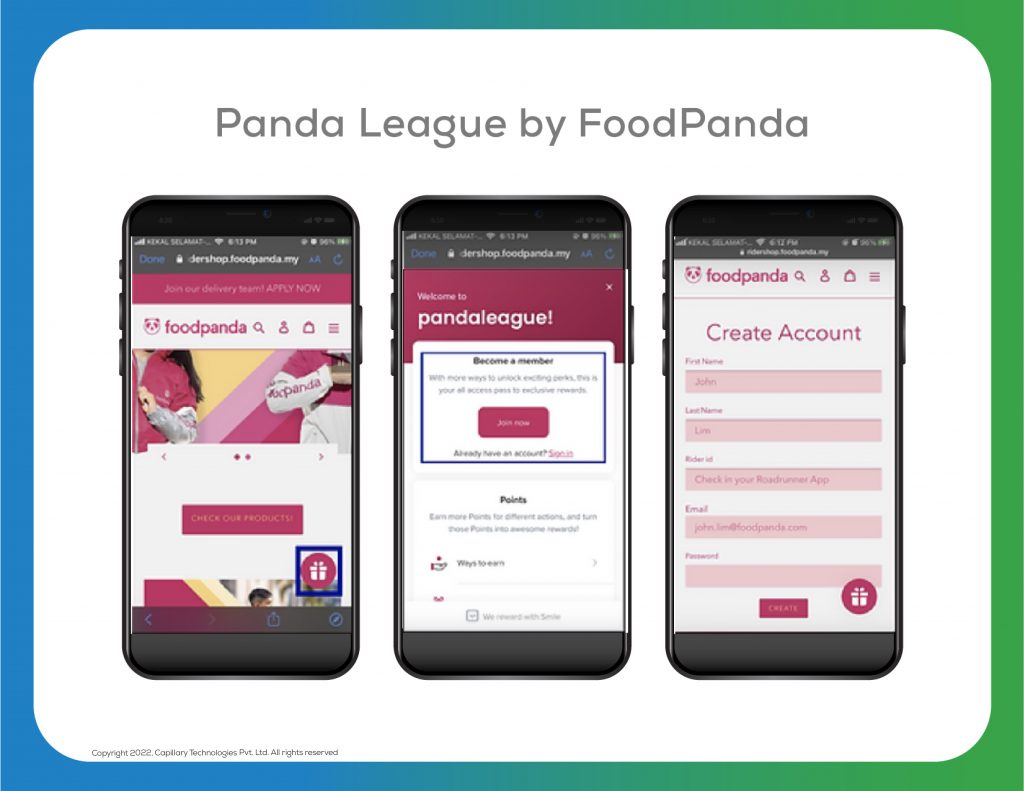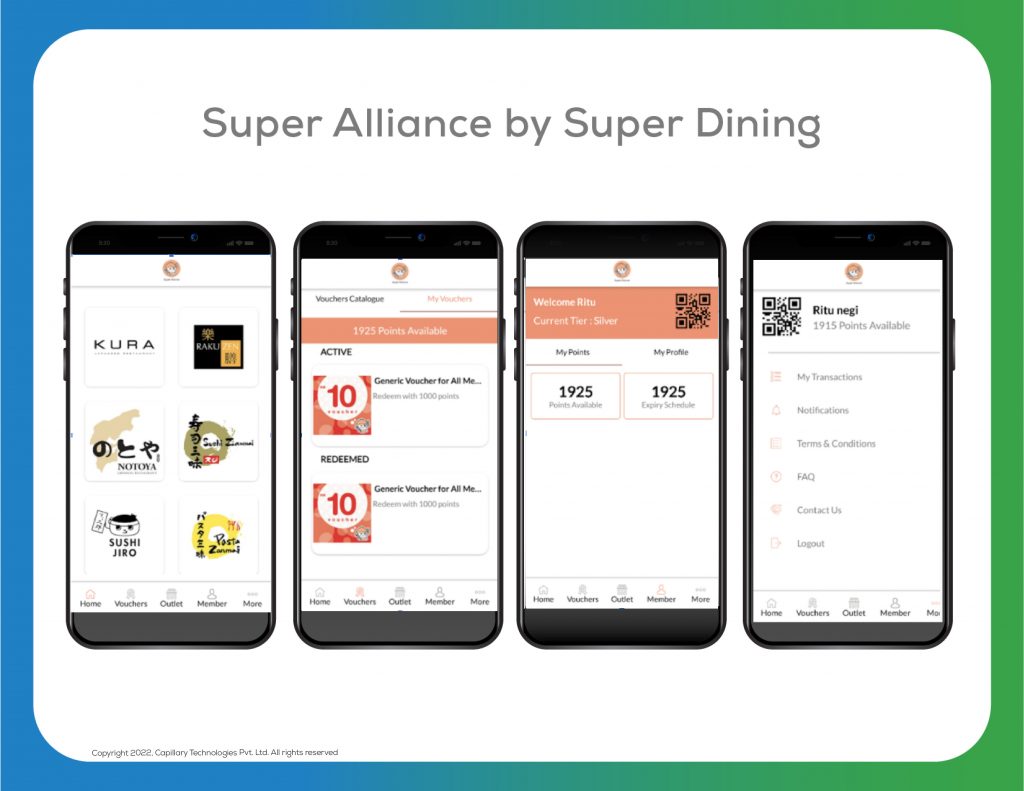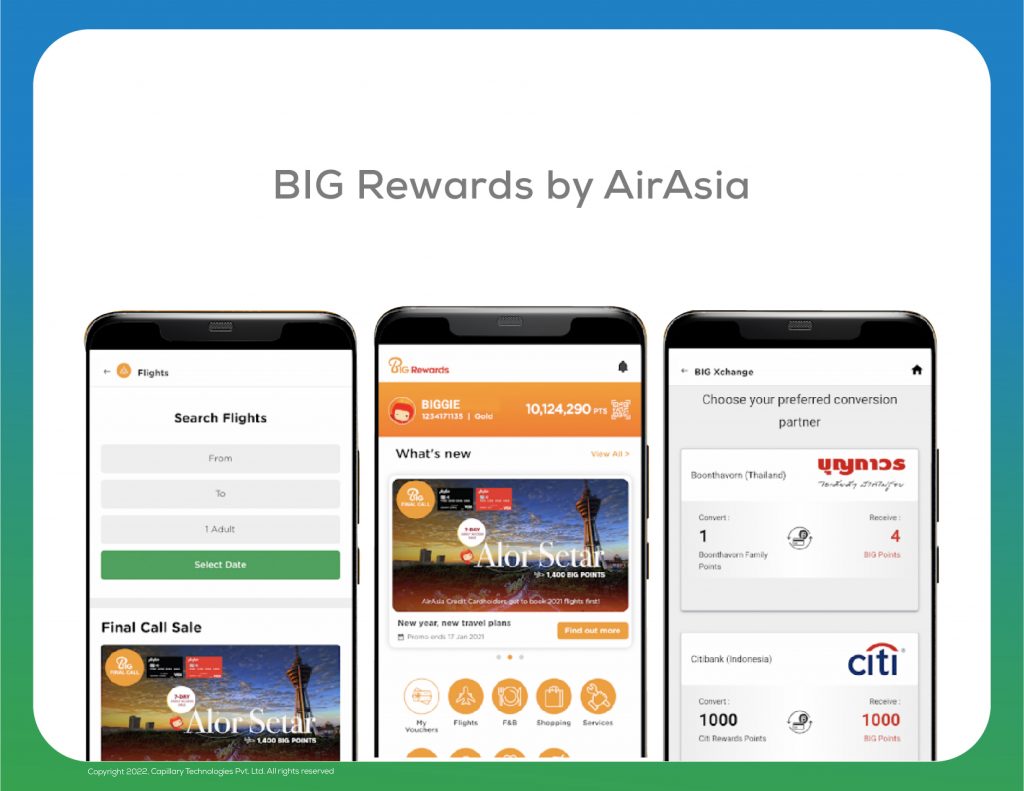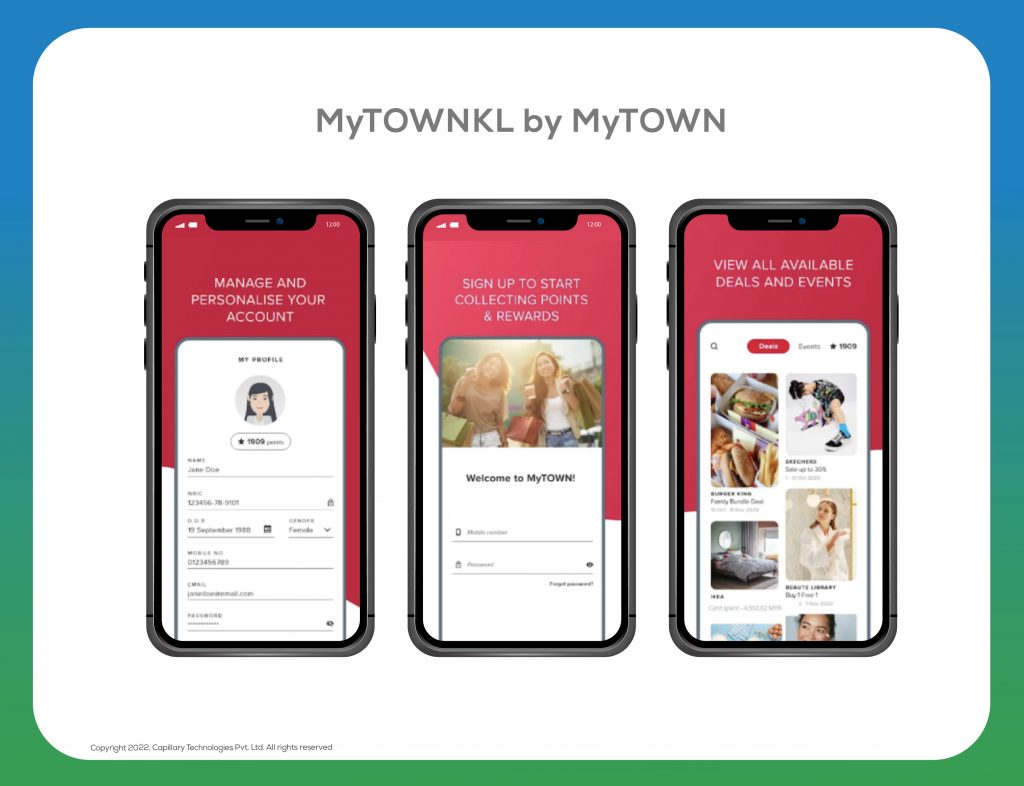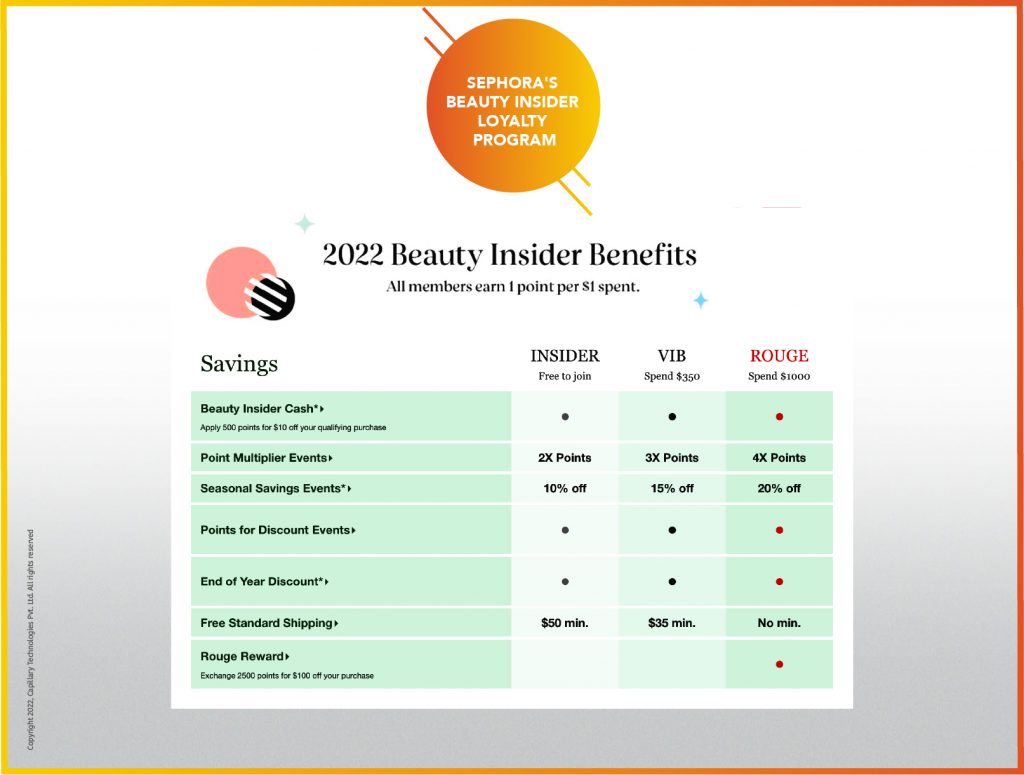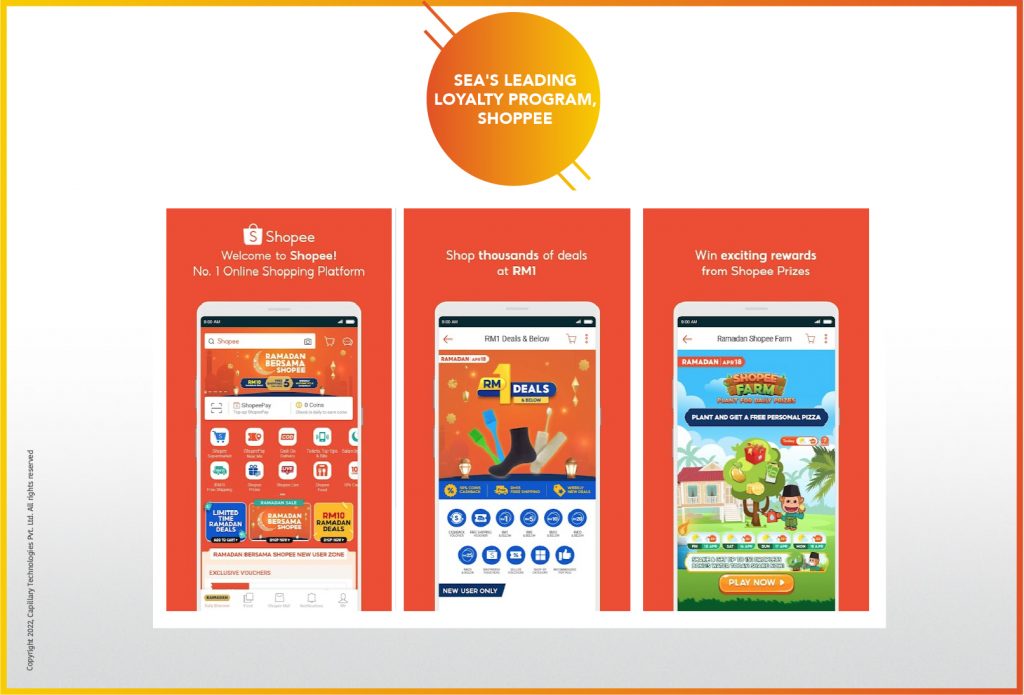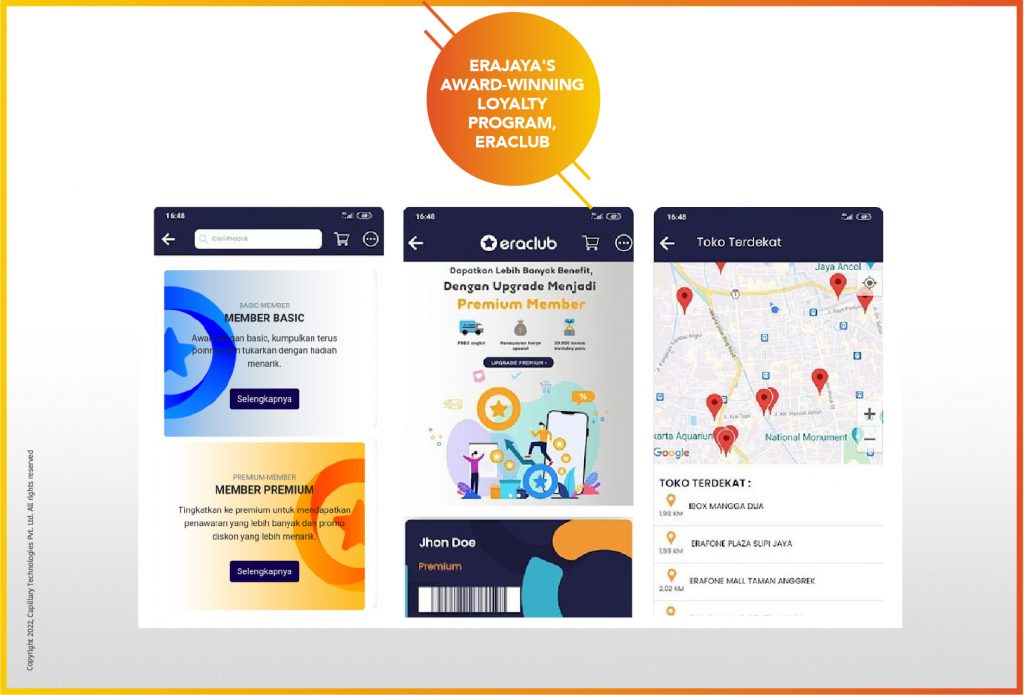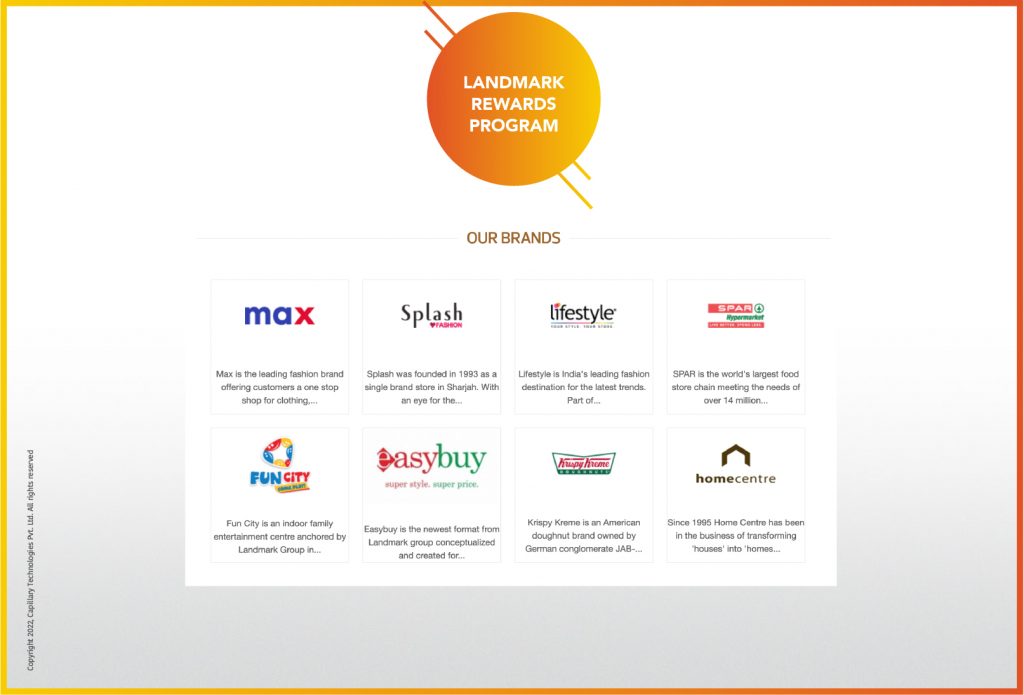With grocery sales projected to increase by 24.01% from 2023 to 2029, reaching nearly USD 629.76 billion, several major grocery brands in APAC and MEA face the challenge of standing out in a crowded market. A grocery shopping rewards program has become a powerful differentiator, helping supermarkets retain customers while enhancing their shopping experience.
What is a Grocery Store Loyalty Program?
A grocery loyalty program is a strategic initiative that rewards customers for repeat purchases, whether in-store or online, through incentives like discounts, cashback, or exclusive deals. These programs not only enhance customer retention but also drive engagement through grocery app rewards and digital experiences. Explore how Capillary’s Engage+ can up your customer engagement game.
In this article, we’ll explore the best grocery loyalty programs in APAC and MEA that are setting the benchmark for customer loyalty and personalized shopping.
The Best Grocery Loyalty Programs in APAC and MEA
1. Lulu Happiness Program – UAE
With over 500 branches across the UAE, Lulu Hypermarket has built one of the most popular retail loyalty programs in the Middle East. The Lulu Happiness Program offers shoppers instant discounts and promotional deals while rewarding them for every dirham spent.
Customers can join the program online via WhatsApp or the website, making it incredibly accessible. The program follows a tier-based system, offering birthday rewards and exclusive privileges to loyal members.
To enhance customer experience, Lulu has also integrated a mobile app, enabling users to track transactions and rewards in real time. A well-structured loyalty program software allows Lulu to explore advanced features such as gamification and hyper-personalization, ensuring long-term engagement. Check out Capillary’s robust loyalty software – Loyalty+.
2. New World Club Card – New Zealand
New World Club Card in New Zealand offers special discounts exclusively to its members. What sets this program apart is its gamification aspect, where customers can participate in exclusive competitions, adding an element of excitement to their shopping experience.
According to a recent study, 60% of the customers who interact with gamified elements typically make a purchase. These statistics work in favor of New World Club Card who use gamification to drive their business and also engage their customers.
New World Club Card also leverages coalition loyalty features and allows its members to enjoy unique discounts through Club Deals and have the choice to earn Flybuys or Airpoints Dollars™. This program effectively combines savings and entertainment, making it a hit among New Zealanders.
Here’s how you can use coalition loyalty for your business
3. Amazon Fresh – India
Amazon’s Prime subscription is globally recognized, and Amazon Fresh, its online grocery store, extends Prime benefits to budget-conscious Indian shoppers.
Given that 50% of Indian consumers pre-plan their grocery purchases, Amazon Fresh leverages this behavior by offering discounts and free delivery to Prime members. With availability in over 50+ Indian cities, including Tier 1 and Tier 2 markets, the program is redefining convenience in grocery shopping.
By understanding customer behavior and making it a significant part of its strategy, Amazon Fresh was able to become a reliable and successful grocery loyalty program across the country.
4. Cold Storage’s Yuu Rewards Club – Singapore
Cold Storage, a well-established supermarket chain in Singapore, had recently shifted from its previous loyalty program Cold Storage VIP to a newer version by coming under Yuu Rewards Club. This strategic move by Cold Storage has significantly expanded the horizons of their loyalty program, bringing a new level of experience and value to their customers. Cold Storage uses important regional festivals like Chinese New Year to give more offers to its customers. One such offer is free goodies from Cold Storage for a minimum spent of $50 if the customer connects their credit cards with their Yuu Rewards account. Another option is for customers to be able to earn more points during the festival time, encouraging them to make more purchases from Cold Storage.
Since Yuu Rewards Club has close to 1000 popular brands under its umbrella, it offers a robust coalition loyalty program. This coalition approach offers consumers of Cold Storage greater convenience and flexibility as they can now redeem their points across an array of Yuu partner brands.
The co-branded credit card issued in partnership with DBS banks makes it easier for members to collect points faster.
5. Everyday Rewards (previously Woolworths Rewards) – Australia
With a staggering 14 million members across Australia, Everyday Rewards has captured the loyalty of the whole nation. The program’s simplicity and transparency are its strengths. Members earn a minimum of 1 point for every dollar spent, and they can easily boost their points through the Points Booster feature.
The program allows flexible redemption options, including discounts on future shopping, options for Christmas savings, and even Qantas frequent flyer program points. The program also allows reward redemption at multiple touchpoints, including both offline and online store checkouts.
Everyday’s mobile app makes it more convenient for users to earn and redeem rewards and even track their point balances. The digital wallet in the app feature makes transactions easier than ever for their loyal members.
Everyday Rewards has set the gold standard for loyalty programs in Australia.
The Growing Impact of Grocery Loyalty Programs in APAC and MEA
As the grocery industry in Asia-Pacific and the Middle East continues to expand, retail loyalty programs have become essential for brands aiming to retain customers and foster long-term relationships. The programs we explored demonstrate how leading supermarkets are integrating loyalty program software, personalized rewards, and digital innovations to keep shoppers engaged.
From gamified experiences and mobile-first strategies to coalition partnerships and AI-driven personalization, these grocery shopping rewards programs are setting new benchmarks for customer retention.
To stay ahead in this dynamic landscape, grocery brands must go beyond traditional discount-based models and embrace data-driven, omnichannel loyalty strategies. At Capillary, we provide cutting-edge loyalty software that helps supermarkets and grocery brands create high-impact, customer-centric programs that drive real business results.
FAQs
1. What makes a grocery loyalty program successful in APAC?
A successful grocery loyalty program in APAC offers personalized discounts, seamless mobile app integration, and strategic payment partnerships to create a rewarding shopping experience.
2. How can grocery stores in the Middle East enhance customer loyalty?
By offering exclusive member discounts, localized promotions, and engaging digital experiences, grocery stores can boost customer loyalty in the Middle East.
3. Which grocery loyalty programs lead in customer engagement in the UAE?
Carrefour MyClub and Lulu Hypermarket’s Lulu Points offer tailored promotions, cashback options, and tiered rewards to enhance customer retention.
4. What are the key elements of a strong loyalty program for grocery retailers in India?
A robust grocery loyalty program in India must include AI-driven personalization, digital wallet integration, gamification, and festive discounts to keep customers engaged.
5. How do loyalty programs benefit grocery retailers in Singapore?
Loyalty programs help grocery retailers in Singapore by increasing customer retention, providing valuable shopper data, and enhancing shopping experiences with exclusive rewards and discounts.

